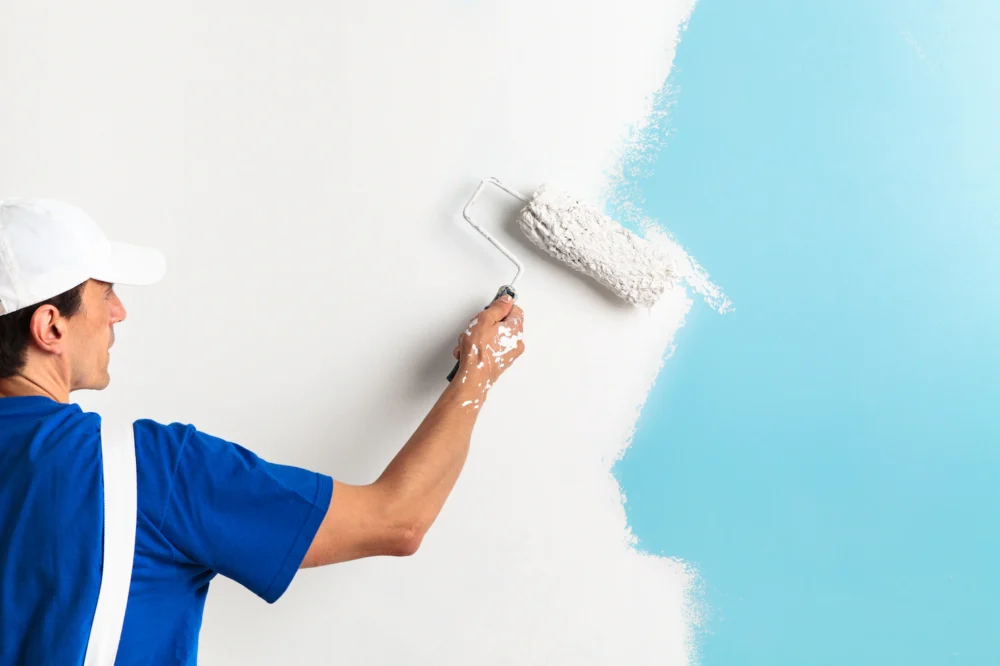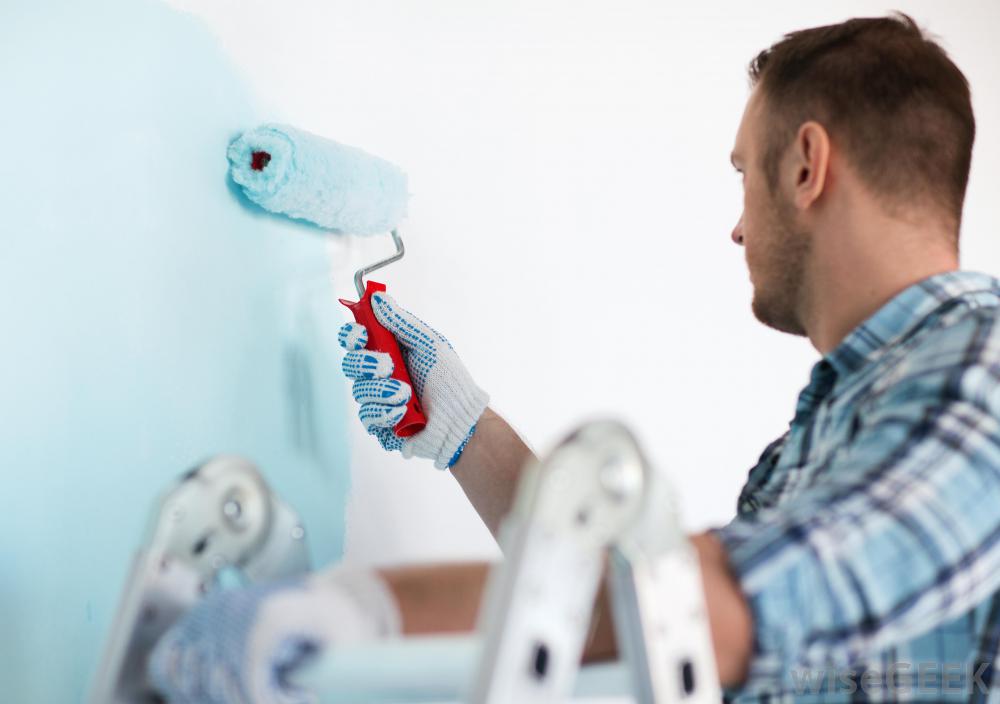Interior painting is something every homeowner needs to deal with it some point. It is not usually that big a deal, but some homeowners don’t like to proceed until they know how much the job is likely to cost. So, what do they do? They look for an interior painting calculator that can offer an estimated cost per square foot.
You can find free interior painting cost per square foot calculators all over the internet. They are a dime a dozen. They all work on the same basic principles, though there are slight differences between calculators for DIY jobs and those for estimating professional jobs. The other thing to remember is that no interior painting cost calculator can return an exact number. The best you can get is a reasonable estimate.
The Cost of Materials

Source: washingtonpost.com
Both DIY and professional cost calculators start with the same basic principle: material costs. dallaspaints.com, out of Texas, say there is a simple reason for this. Material costs are a known entity. You can go online and look for paint prices at your local hardware store. You can price out brushes, rollers, and everything else you’ll need for the job.
An online interior painting cost calculator can account for material pricing in one of two ways: automatically and manually. An automated tool is likely programmed to constantly scan websites and aggregate pricing at regular intervals. It may be daily, weekly, or even monthly. A manual calculator requires the operator to research pricing and plug it in. Either way, material pricing is a bit easier to deal with compared to labor costs.
Labor Costs Vary by Region
The difficult thing with labor costs is that they aren’t a known entity. Furthermore, they vary by region. The designer of an online cost calculator can only work on general assumptions. They must research average labor costs in a given region and then apply those costs based on the customer’s zip code. If the tool doesn’t differentiate by region, a national average is utilized instead.
Of course, labor costs only come into play when you’re looking at professional work. For example, professional painting contractors, like Sidepost, typically charge by the hour or project. If you are doing the work yourself, your labor is free. At least it’s free in the sense that you’re not paying yourself a salary. It does cost you in the sense that you are consuming time you could otherwise put into other things.
Other Regional Influences

Source: hgtv.com
Both DIY and professional interior painting cost calculators are affected by regional influences. Whether or not a tool designer accounts for such influences can affect the accuracy of a calculator’s estimate. For this reason, experts suggest using two or three cost calculators rather than relying on just one.
Examples of regional influences include:
- Seasons – Interior painting tends to be a seasonal exercise. In northern climates, homeowners are more likely to paint during the spring and summer months. In southern climates, it is just the opposite. Interior painting is more likely to occur in the fall and winter.
- Supply and Demand – The different seasons create differences in supply and demand. Material prices are higher during whatever the peak season is in a particular region. The highest prices in the north are during spring and summer. Fall and winter see the highest prices in the south.
- Labor Supply – If you are talking a professional job, labor supply also effects overall cost. Labor tends to be more plentiful in the summer when college kids are looking to make some extra money. Labor markets naturally tighten when school resumes.
- Painting Practices – Regional differences in painting practices also affect price. In the Northeast and Pacific Northwest, for example, painters tend to put more time into surface preparation. That extra time costs money.
- Property Values – Believe it or not, cost estimators for professional jobs even take into account property values. In a region with exceptionally high home prices, interior painting tends to cost more. The opposite is true in regions where property values are lower.
With all these regional influences to consider, it’s tough to design an interior painting cost per square foot calculator for professional jobs. But there is one way to get around having to do a ton of research and account for all the variables. That way is to simply survey painting contractors using hypothetical scenarios.
Measuring the Wall Space
Moving on, you need to know how much wall space you’re looking at before you can use an interior painting cost estimator that returns a price per square foot. In theory, measuring isn’t hard. You simply multiply height by length to come up with a number for a single wall. But then you have windows, doors, and trim to contend with.
If you want to guarantee that you don’t purchase too little paint, you can utilize separate measurements. First, measure all the walls without considering windows and doors. Just treat them all as though the windows and doors aren’t there. Add up all your wall measurements and you have the total square footage.
Next, measure the square footage of the doors you intend a paint. Finally, measure the square footage of the trim. You now have three separate numbers you can use as a guideline for buying paint. Always round up so that you don’t buy too little.
Don’t Forget the Second Coat

Source: tulsapaintcontractor.com
One last thing to consider is whether an interior painting cost per square foot calculator returns a number based on one or two coats. It is not uncommon for people to run a cost estimate, be satisfied with the estimate, and then realize that adding a second coat doubles the initial cost. If you have 1,000 square feet of wall space to cover, two coats mean you are actually painting 2,000 square feet.
In closing, an interior painting cost calculator is a handy tool for estimating how much a DIY or professional paint job is going to cost. But the number it returns is just an estimate. Do not expect it to be accurate down to the penny.




